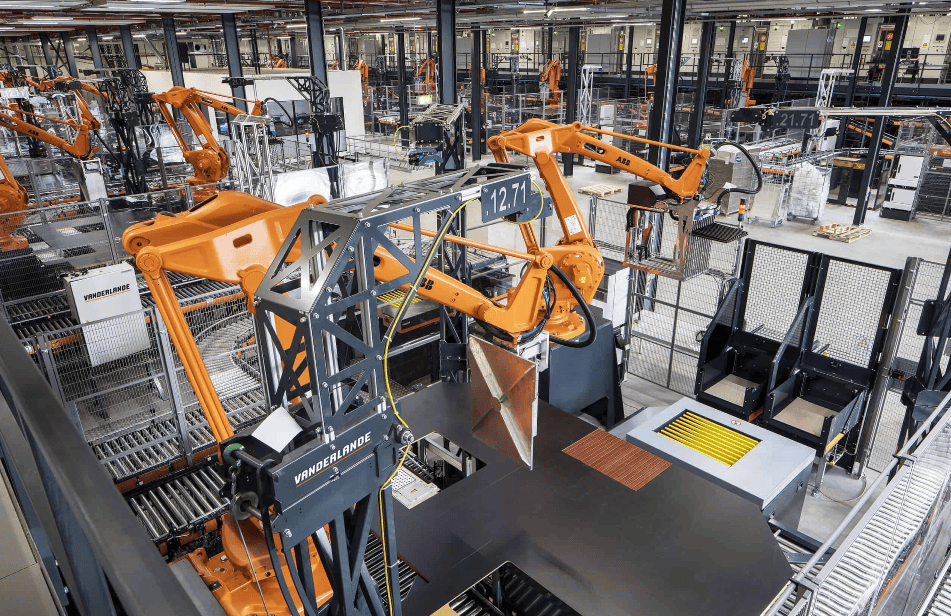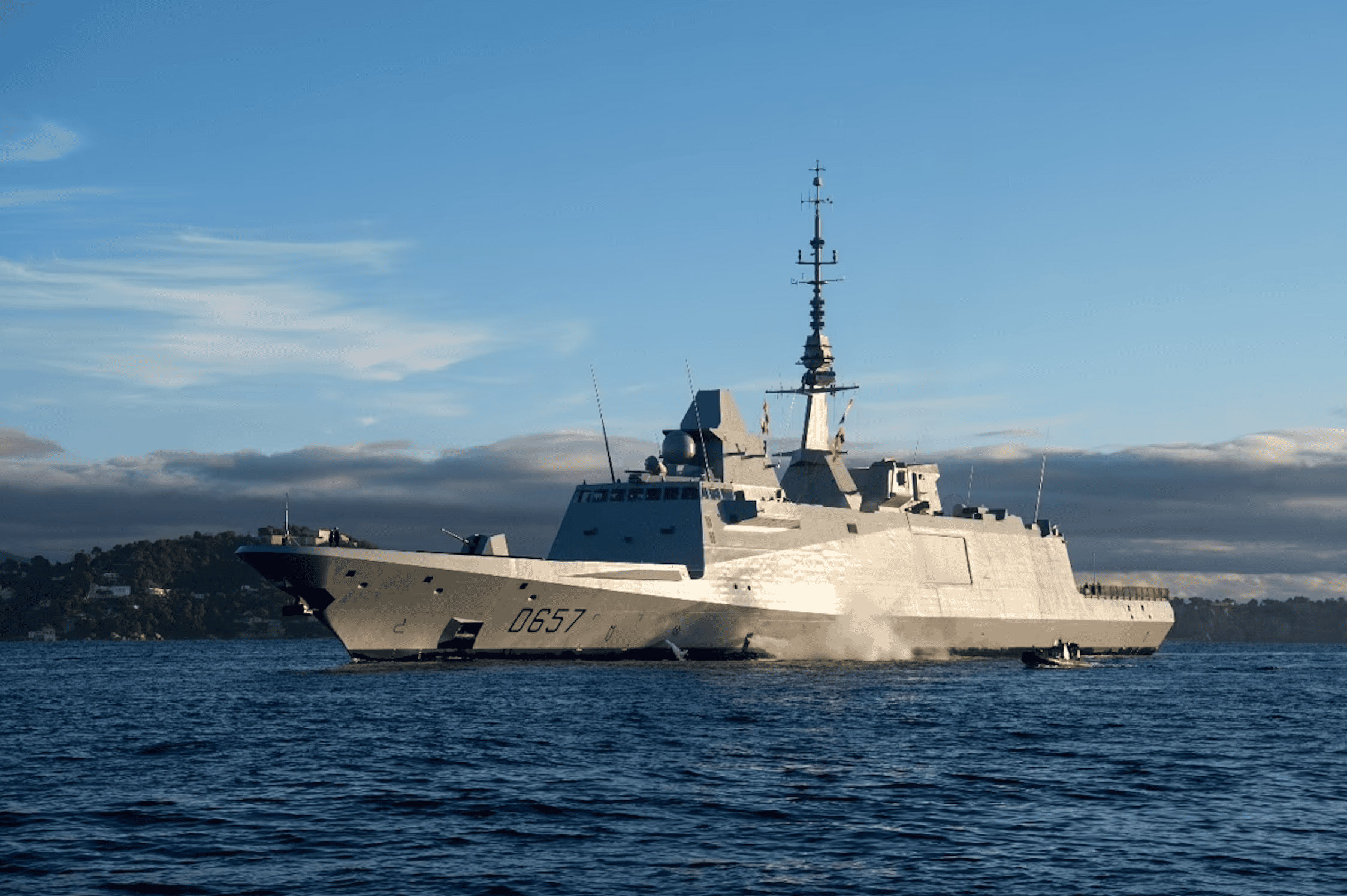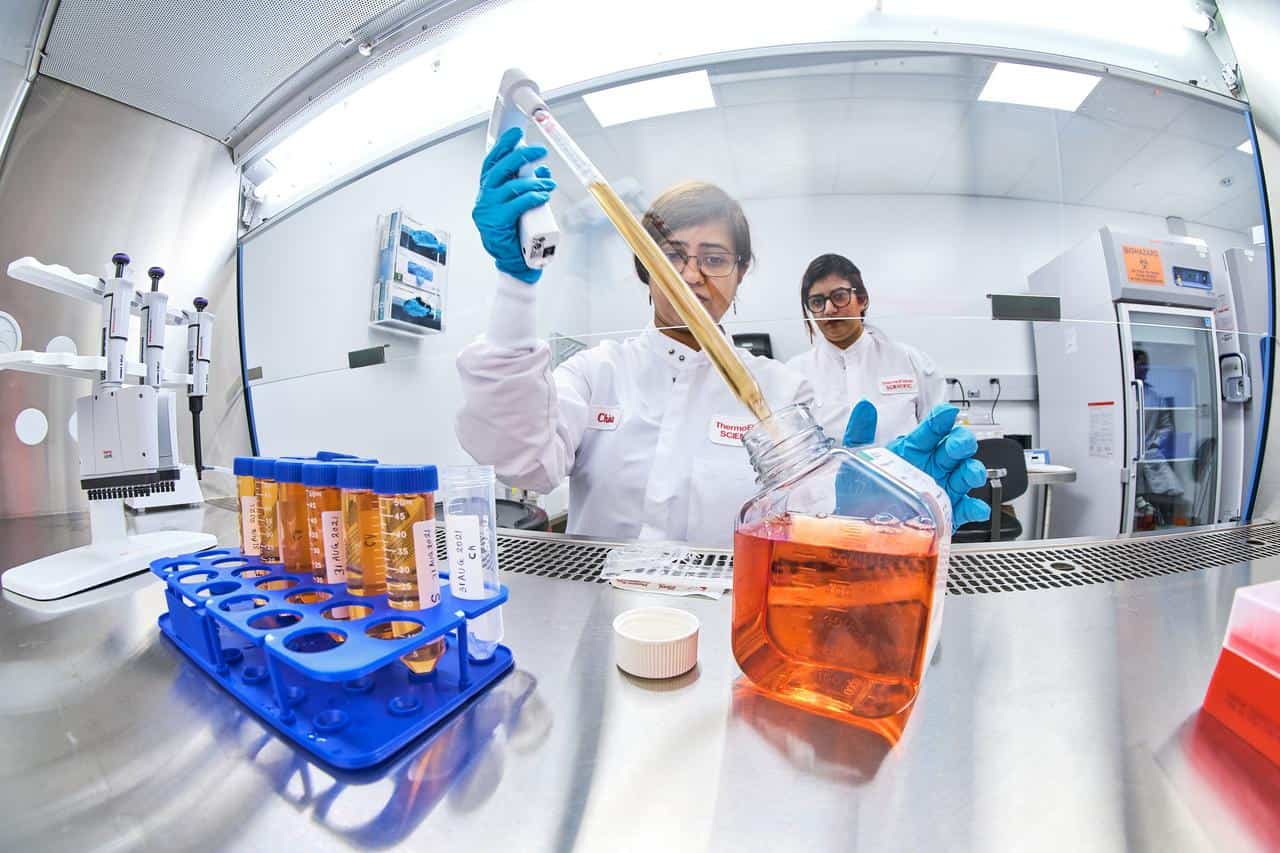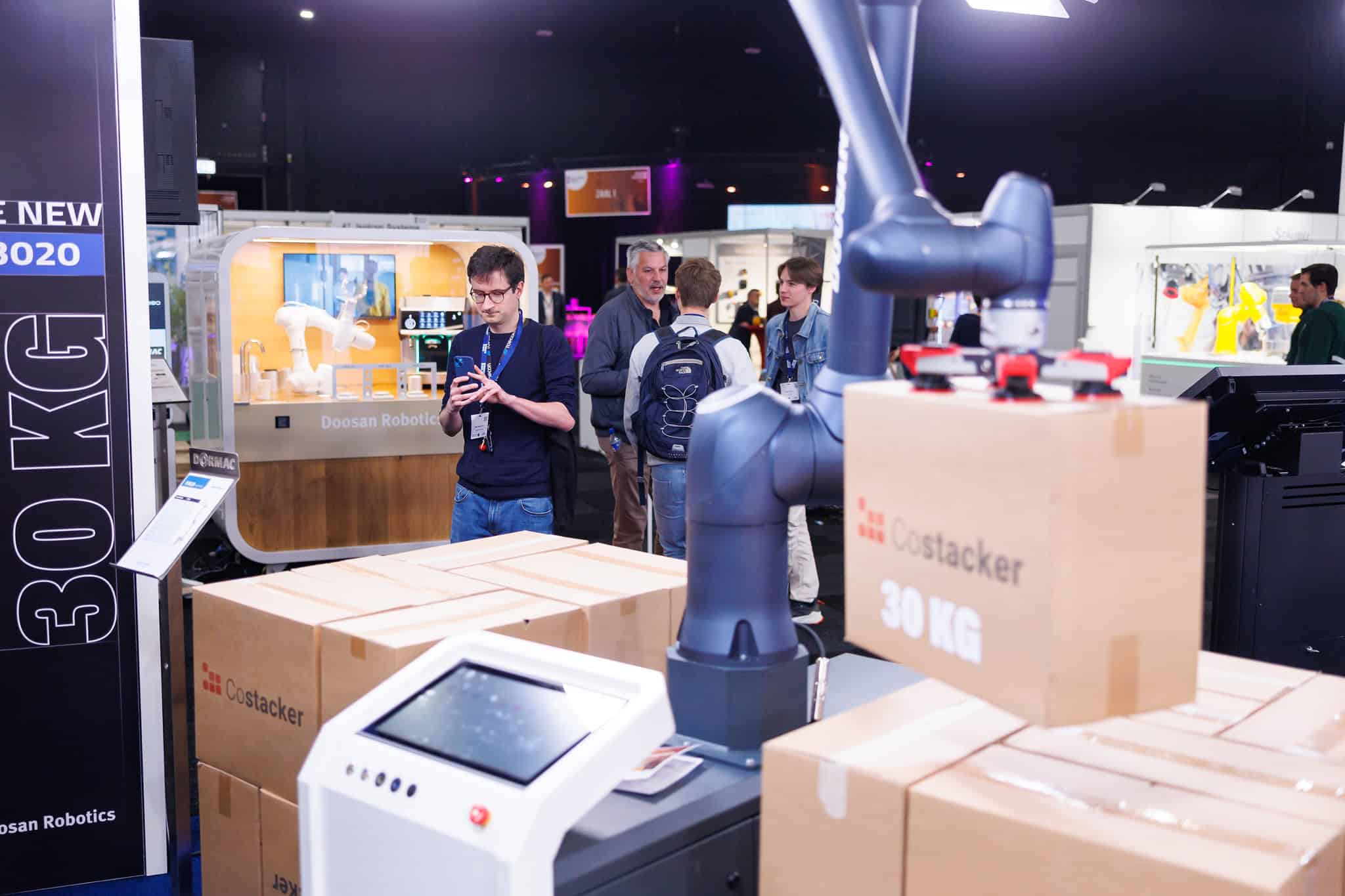
More and more, high-tech systems companies are having to deal with the digitalization of their products and their ever-growing complexity. The recently signed agreement, making Capgemini Engineering the first implementation partner of ESI (TNO), should help companies in this sector to have a more efficient and effective approach to the development of their systems. The key concept is Systems Engineering: a basic requirement to be able to keep an overview of the total picture, even if the individual components are becoming more and more complex.
What is Systems Engineering?
Systems Engineering is a structured way of working to develop complex systems. It is a core competency that underpins the success of a high-tech ecosystem of collaborative partners. The competence to work in a systematic way and to create an overview with input from various, mutually reinforcing disciplines forms the basis on which increasingly complex systems and machines can be developed. The ability to work within a multidisciplinary approach, which is a requirement for the high-tech industry, is a prime example of a Systems Engineering challenge.
Complexity and digitalization
Major changes have occurred over the course of time within the high-tech industry, such as the application of AI. To help overcome this increasing complexity, the application of reliable and industrially applicable Systems Engineering methodologies is a must. This raises all kinds of challenges, according to Wouter Leibbrandt, science and operations director at ESI.
“Companies like Philips, ASML and Canon Production Printing have developed machines and devices with a certain high-tech feature that has a very high level of performance. In the case of ASML, this involves the manufacture of chips of a couple of nanometers, and in the case of Philips it involves instruments with a very high degree of reliability that are capable of producing very detailed images.”

Whereas in the past most work was focused on mechanics and physics, today the emphasis is on digital, data-driven and software-intensive Systems Engineering. Leibbrandt: “The machines that ASML makes for its clients are as big as a city bus. They contain software with millions of lines of code. A great deal of collaboration is required between all the many different system components in order to achieve the optimum level of functionality that is required. Software and data play an extremely important role in this.”
Machine from 1984
The fact that much of the software dates from, say, 25 years ago, is not very helpful. Leibbrandt: “ASML’s first machines were made as early as 1984. This also means that much of that legacy, asin choices that were made at the time with regard to system software, has been handed down over time. In addition to that, there are new developments, such as machine learning and AI. This in turn ensures that those machines are not only getting smarter but more and more complex as well.”
Retail and automation have also become progressively closer to each other, Thijs Geurts, CTO of Capgemini Engineering, explains. “A car you used to buy was really nothing more than a system on wheels. But in order for self-driving cars to drive safely in a complex environment, a wealth of new knowledge is needed.”
Knowledge and implementation
There are a multitude of stakeholders involved within the high-tech industry. According to Frans Beenker, business director at ESI, all of these parties recognize the engineering challenge of complex systems. “Due to the increasing complexity of the products, including the software, a lot of cross-disciplinary expertise is needed at these companies. We develop the techniques and methodologies that are needed to make their systems engineering more efficient and effective. The crux, however, is that everything must then also be put to use in industrial practice.”
This is precisely the added value that the collaboration between ESI and Capgemini Engineering brings, says Jeroen Kersten, solution manager at Capgemini Engineering: “We take care of the implementation of the knowledge and methodology that ESI is developing. The industry partners are consequently assured of the continuity, while ESI can continue to focus on applied research.”
Sharing networks
The collaboration also builds up a powerful combination of networks, adds Thijs Geurts. “We focus on companies that are struggling with the same level of complexity. We screen those companies and ask questions such as ‘what about their Systems Engineering, what haven’t they worked out yet?’ From automotive to aerospace, the question is: how do you transfer the knowledge they need to their system architects and systems engineers? We do that using the methodologies developed by ESI. We train our people in this, and also act proactively with respect to our clients in the process.”
As a result of this collaboration, the entire chain, from research to production, is involved in the developments. “At the same time, we can see whether it all works in practice,” says Kersten. “Because it is about open innovation, it also means that we can bring all those companies together and make sure that the whole Brainport region stands to benefit.”
Other good news according to Leibbrand is that although high-tech companies are active in all sorts of different application domains, they are surprisingly similar in terms of complexity. “That means that you can easily apply certain methodologies that you have developed for one partner to other industries.” For example, those methodologies that focus on achieving a seamless, reliable connection between multiple components or the efficient verification and validation of systems.
Integrated systems
Challenges are abundant, but in the end it is the result that really counts. For example, in the past, medical X-ray machines were little more than standalone photographic cameras, Beenker explains. “Whereas nowadays, if you have to go to the hospital for heart surgery, you are dealing with a ton of different types of equipment. Cardiac monitoring, X-rays and anesthesia all need complex machines. And when you’re in that operating theater, you’re really glad that that equipment is always working and properly integrated.”
Photo: signing of the agreement (from left to right): Wouter Leibbrandt (ESI – TNO), Frans Beenker (ESI – TNO), Henk-Jan Vink (TNO), Lars Seegers (Capgemini Engineering), Robert den Holder (Capgemini Engineering), Jeroen Kersten (Capgemini Engineering).
Also interesting: Systems Engineering as the connecting factor between key technologies








